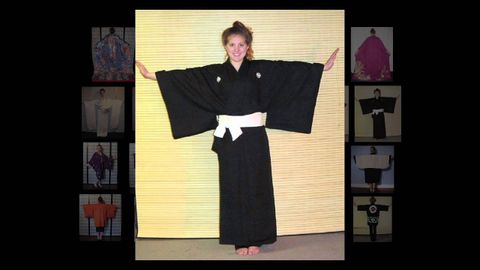[英語で聞いてみよう] 日本の伝統衣装「着物」 (Kyoto Kimono - What is kimono?)
Courtney Shih が 2019 年 08 月 21 日 に投稿  この条件に一致する単語はありません
この条件に一致する単語はありませんUS /ɪˈlæbəret/
・
UK /ɪ'læbəreɪt/
- v.t./i.詳細に述べる;精巧に作る;詳しく展開する
- adj.手の込んだ : 精巧な : 入念な
- v.i.(ある方向へ)徐々に進む : 向かう
- v.t.世話をする : 面倒を見る
- v.t./i.~する傾向がある
- n. (c./u.)共有地;(地域共同体が所有する)共有地
- adj.公共の;典型的;一般の;広まっている;下品な;普通名詞の
エネルギーを使用
すべての単語を解除
発音・解説・フィルター機能を解除
